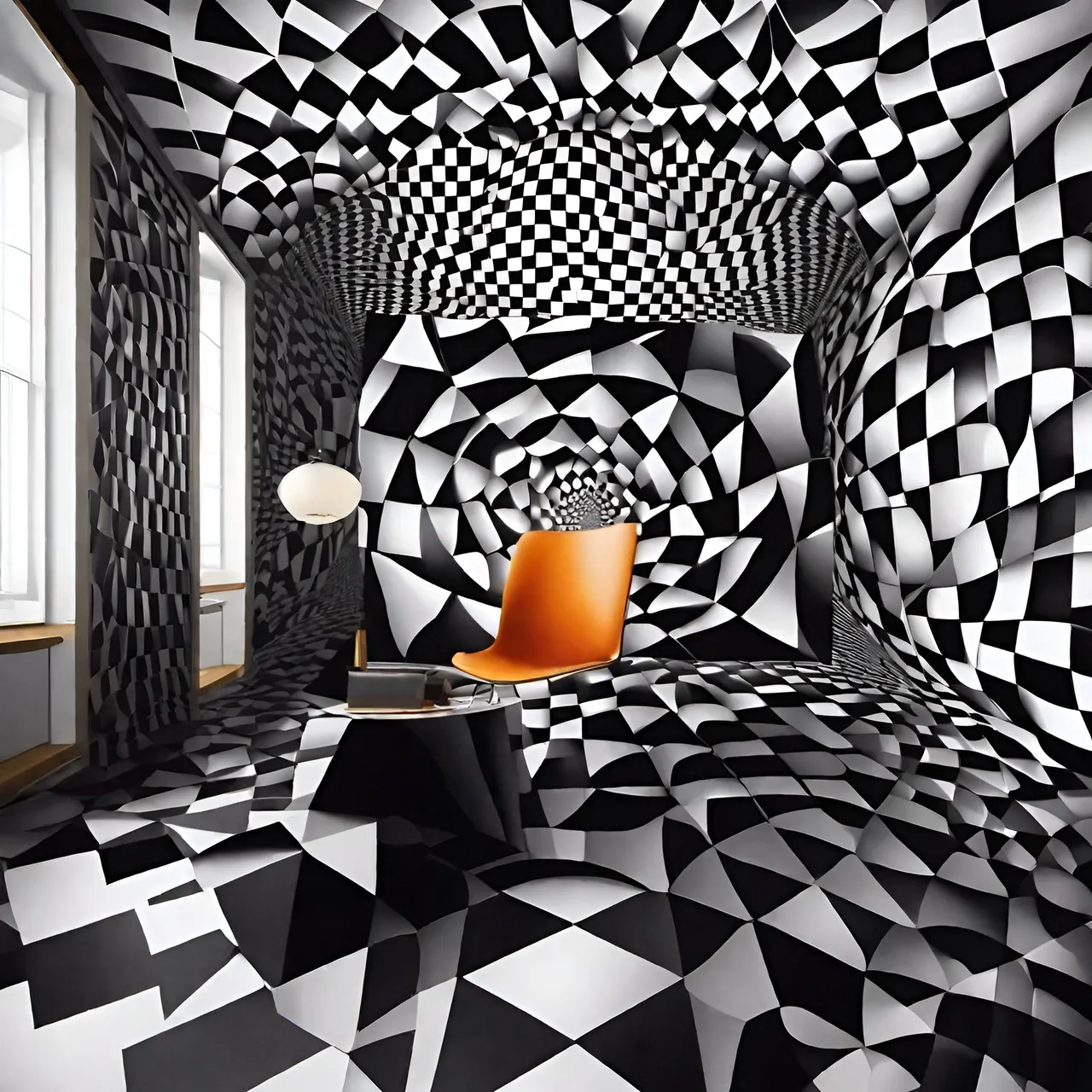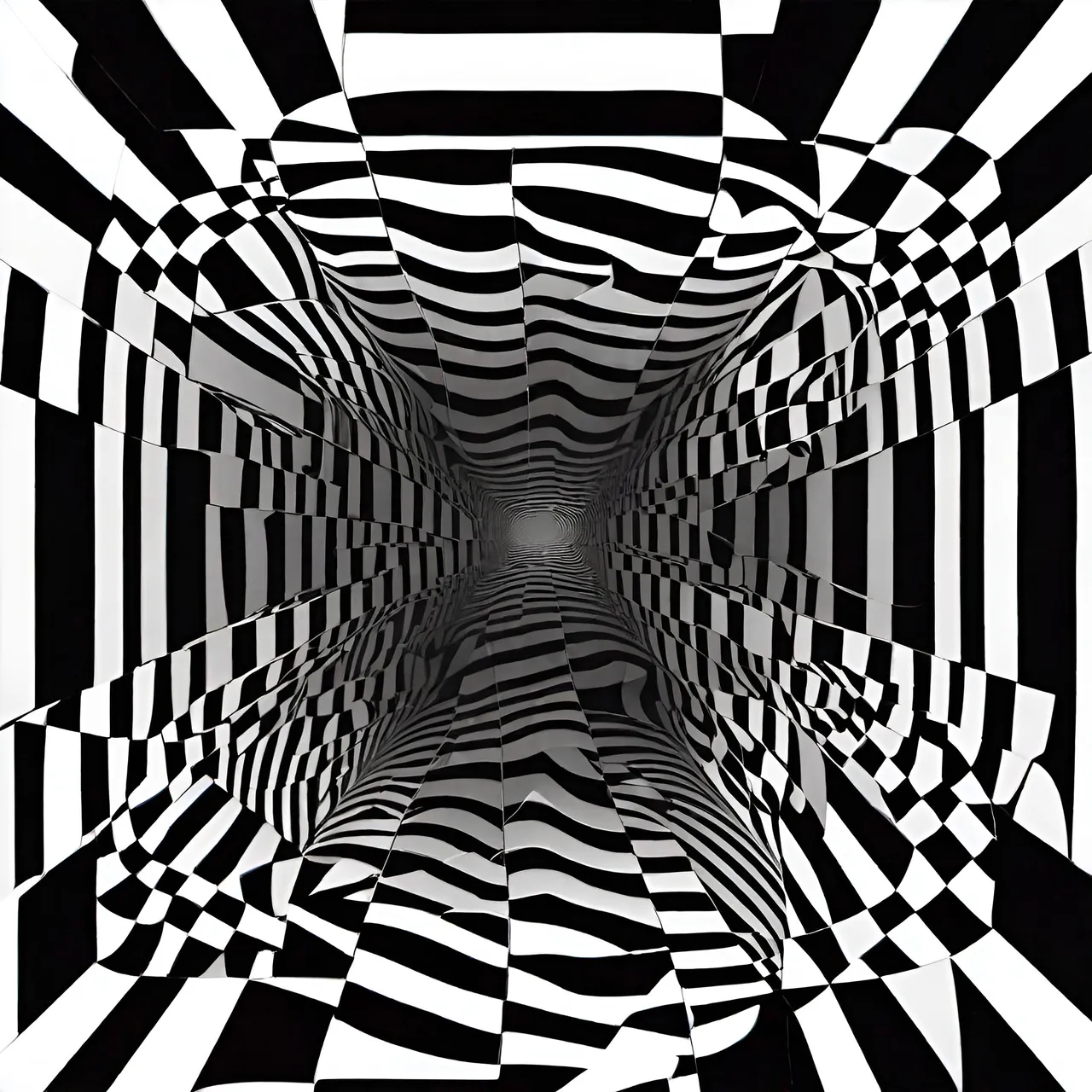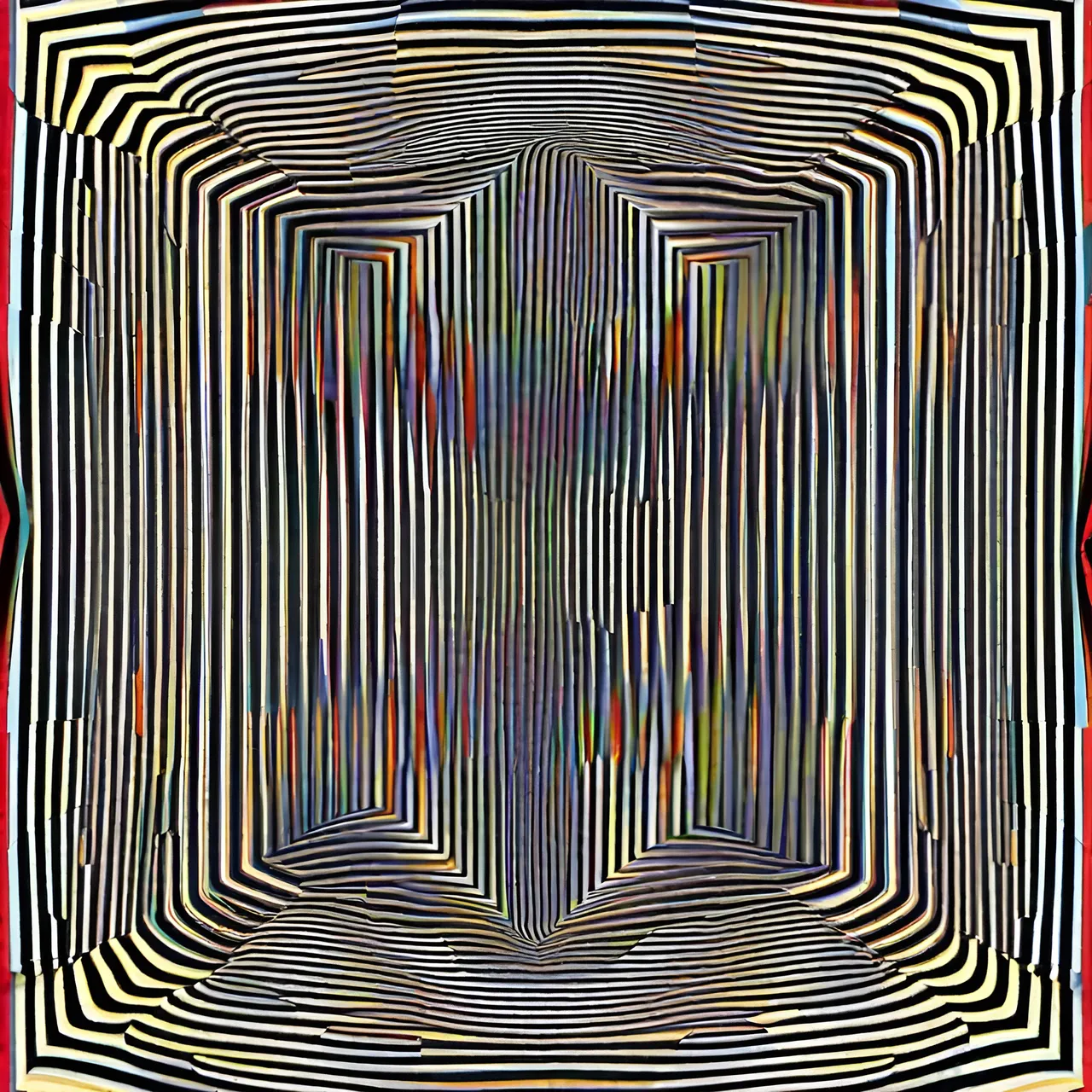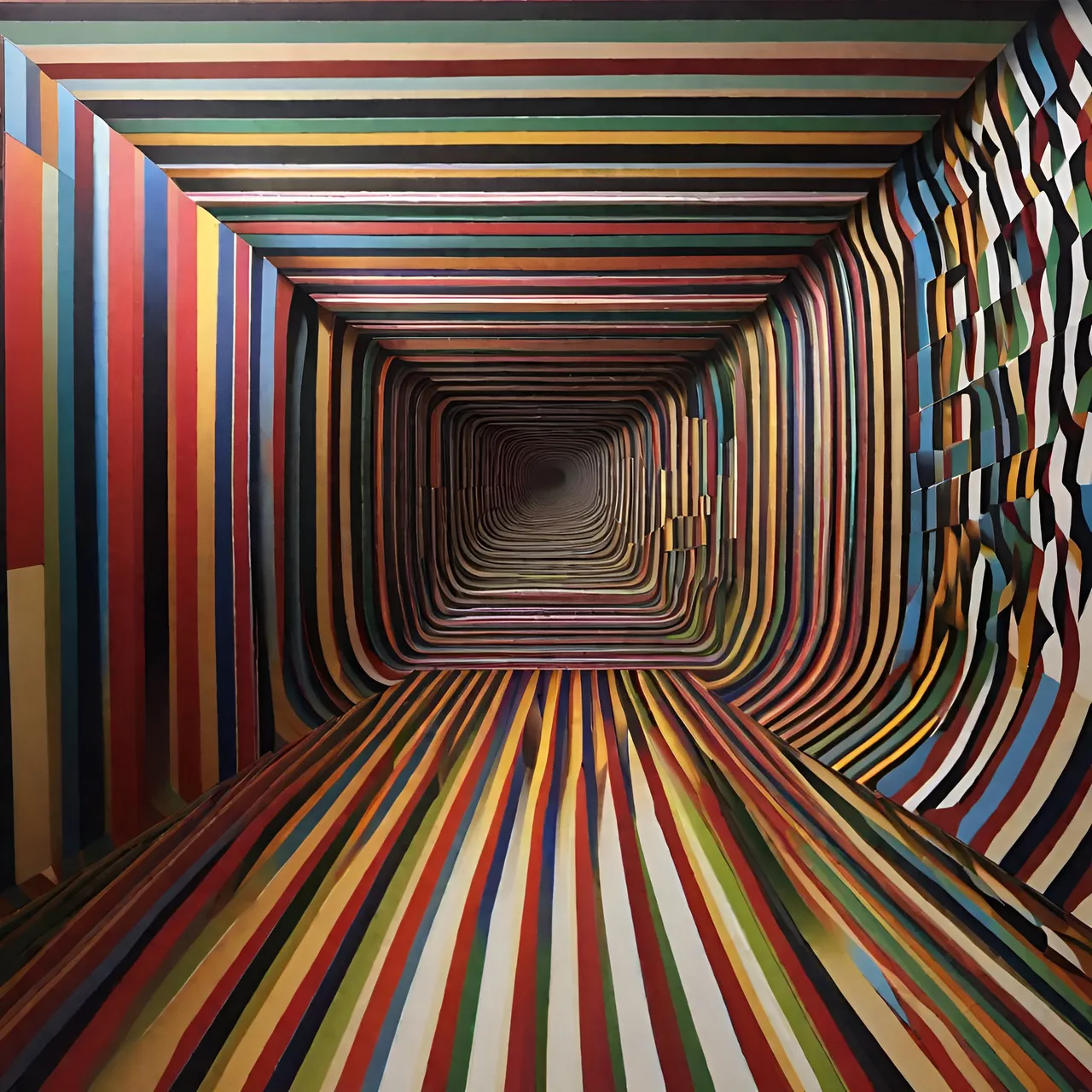Hey dear Hive community, first of all I would like to wish you all a pleasant day and hope you had a great start to the new weekend! In my new post, I would like to discuss an interesting topic and hope you can expand your knowledge a little.

Here are some creations of optical illusions that I have all created with the help of artificial intelligence and I think it is an interesting topic that I would like to devote myself to. Of course, the primary focus is on art, but it is also about playing with consciousness and the human mind and people from ancient Greece already knew this and was already used for research purposes at that time and the people was often not sure whether it was good for the human eye or the retina and the effects of the artworks on the human brain was probably particularly interesting. More and more artists quickly realized how interesting this topic is and have begun to deal with it more and more artists followed this trend, but at that time the stylistic devices were still very limited and the topic was rather still in its infancy and also numerous scholars devoted themselves to this topic and the Roman scholar Plinius the elder has already wrote about this phenomenon. Everywhere in history you can always find traces of optical illusions and since modernity it is also regarded as a own category of abstract art and can also be found in other important epochs and it is about working with lines, colors, shapes and other stylistic devices or techniques to create paintings which should change the perception of the viewer.


In the Renaissance period, the whole theme flourished again and more and more artists noticed that you can create illusions with the help of different stylistic devices and can manage to confuse the viewer and there are different types which are the geometric, movable, colored or others which go into the depth of the mind. In the middle of the 20th century, more and more artists began to approach this topic and particularly formative in optical art was probably that science, medicine and art meet here and in general there was an ever growing hype around the whole topic and also for commercial purposes it became more and more popular and also shaped other branches such as architecture, photography, sculpture or others. Often it is about creating a feeling of spatial depth and are particularly often were used black and white for the works, but this can also vary greatly and colors also have an additional influence on consciousness and can be even more interesting to go deep into the human psyche and that the perception takes place almost exclusively on a psychological level was already known in antiquity. The influence on the vision is probably also interesting and nowadays the whole topic is indispensable and all over the world there are artists who create optical artworks and many works have made it to enormous popularity and hang in museums and is probably the art form that focuses particularly strongly on the effect of the viewer.


Thanks a lot for taking the time to read through my post and I hope you like it and can learn something new about this interesting topic!